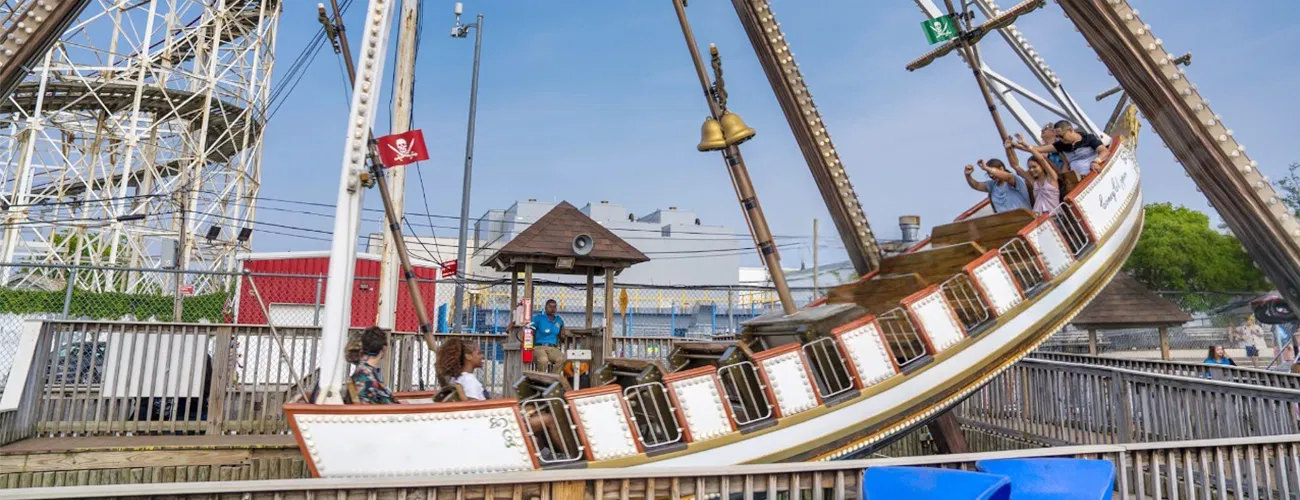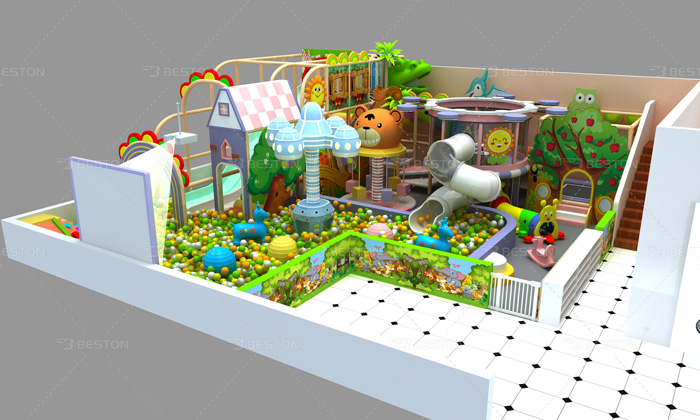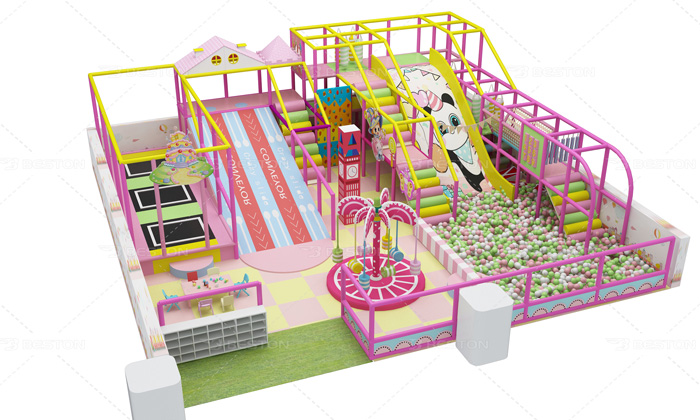Amusement rides have evolved from simple mechanical contraptions into complex engineering marvels that integrate physics, automation, and digital intelligence. With these advancements comes a heightened emphasis on safety. Modern safety testing technology has become an indispensable component of ride development, operation, and maintenance. Innovation in this field continues to refine how amusement park ride manufacturer ensure that every wave swinger, viking ship ride, and roller coaster ride operates with maximum precision and reliability.
Evolution of Safety Testing in Amusement Engineering
Safety testing in amusement rides has transitioned from manual inspection and empirical observation to data-driven and algorithmic methodologies. In the past, engineers relied heavily on visual inspections, stress gauges, and operational records to determine structural fatigue and component wear. While effective for simpler mechanical rides, these methods proved insufficient for the increasingly complex rides designed today.
The integration of digital monitoring systems, sensor networks, and predictive analytics has transformed safety assurance into a continuous process rather than a periodic one. Modern testing regimes now combine simulation, real-time telemetry, and automated diagnostics to detect anomalies before they evolve into safety risks.
Sensor Integration and Real-Time Data Acquisition
A pivotal innovation in the field is the deployment of distributed sensor networks. Strain gauges, accelerometers, temperature sensors, and gyroscopic modules are now embedded into critical structures of rides. These sensors continuously collect data during operation—measuring vibration frequencies, acceleration forces, and material stress points.
For roller coaster ride systems, this enables dynamic assessment of rail alignment, wheel assembly balance, and g-force distribution. The same technology ensures that high-speed inversions and launches maintain safe parameters under varying environmental conditions.
Wave swinger designs, which rely on centrifugal motion, benefit from torque and rotational stability sensors that monitor shaft integrity and bearing temperature. This real-time data acquisition helps maintenance engineers to make predictive interventions—replacing or reinforcing components before mechanical degradation becomes hazardous.

Virtual Simulation and Digital Twins
The emergence of digital twin technology represents a paradigm shift in amusement ride testing. By creating a virtual replica of a physical ride, engineers can simulate every operational condition, from mechanical wear to passenger load variations.
An amusement park ride manufacturer can use computational modeling to run thousands of simulated ride cycles in a fraction of the time required for physical testing. This allows them to identify potential failure points and refine structural design long before the first prototype is constructed.
In viking ship ride systems, digital twins can replicate pendulum dynamics under extreme wind conditions or uneven loading scenarios. Simulation of these parameters enables accurate prediction of stress distribution along the support arms and pivot assembly. By fine-tuning design tolerances digitally, manufacturers enhance both performance and safety margins.

Automation and AI in Safety Validation
Artificial intelligence has become a critical force in the modernization of ride safety testing. Machine learning algorithms analyze massive datasets collected from sensors, identifying patterns that may elude human observation. These AI-driven systems can detect subtle deviations in vibration signatures, temperature gradients, or motion trajectories—indicating emerging mechanical issues.
For example, in roller coaster ride monitoring, AI models can differentiate between normal vibration caused by passenger weight variation and early signs of track misalignment. Automated systems can then trigger maintenance alerts or temporarily halt operation until manual inspection verifies safety.

This automation extends beyond detection. Robotics now plays an integral role in physical testing. Robotic actuators replicate rider movement and weight distribution, enabling controlled load testing without human exposure. Combined with AI analytics, this ensures consistent and repeatable test results.
Advanced Materials and Structural Diagnostics
Modern amusement rides increasingly employ composite materials, carbon fiber reinforcements, and high-strength alloys to achieve both durability and efficiency. These materials demand equally advanced diagnostic methods.
Ultrasonic inspection, X-ray imaging, and thermographic scanning have replaced older destructive testing methods. These non-invasive techniques allow engineers to detect microfractures, delaminations, or corrosion without disassembling the ride.
For wave swinger systems, where rotational assemblies are subject to cyclic stress, infrared thermography is particularly useful in identifying frictional hotspots. Similarly, ultrasonic methods help detect subsurface cracks in viking ship ride pivot points—ensuring that even invisible defects are caught early.
Compliance, Certification, and International Standards
The complexity of modern amusement rides has necessitated global alignment on safety standards. International frameworks such as EN 13814 and ASTM F2291 establish rigorous criteria for design, manufacturing, and operational testing.
Amusement park ride manufacturer must demonstrate adherence through documentation, dynamic testing, and third-party validation. Safety testing technologies play a decisive role in achieving and maintaining certification. Automated recordkeeping, data logging, and blockchain-based audit systems now streamline compliance verification, ensuring traceability across the entire ride lifecycle.

These digital records allow regulatory bodies to perform remote audits and verify that every roller coaster ride, from design to decommissioning, complies with established safety benchmarks.
Predictive Maintenance and Lifecycle Optimization
One of the most significant innovations in ride safety is predictive maintenance. Rather than relying on fixed maintenance schedules, predictive models use operational data to determine when intervention is necessary.
For high-mobility rides such as roller coaster ride systems, predictive analytics monitor component fatigue based on cumulative stress exposure. Algorithms forecast the remaining useful life of bearings, axles, and brake assemblies, enabling targeted replacements that prevent downtime and reduce operational costs.
In the case of a wave swinger, predictive maintenance algorithms might monitor motor current and vibration amplitude to identify early signs of imbalance or gearbox degradation. This proactive approach ensures sustained reliability without unnecessary maintenance interruptions.
Remote Monitoring and Cloud-Based Analytics
Cloud connectivity has become a cornerstone of modern safety management. Amusement ride systems equipped with IoT-enabled sensors transmit operational data to centralized platforms. Engineers can monitor performance metrics remotely, compare inter-ride data across multiple parks, and detect systemic issues in real time.
For multinational amusement park ride manufacturer, cloud analytics enable synchronized safety oversight across all installations. If a roller coaster ride in one location exhibits a recurring fault pattern, the system can flag similar rides elsewhere for inspection.
This interconnected monitoring ecosystem enhances both responsiveness and transparency, creating a collective safety intelligence network that benefits the entire amusement industry.
The Future of Ride Safety Innovation
Emerging technologies such as quantum sensing, adaptive materials, and real-time digital validation are set to redefine the safety testing landscape further. Self-calibrating sensors will reduce human error in data acquisition, while advanced machine learning systems will automate compliance documentation.
The convergence of engineering, informatics, and artificial intelligence continues to propel amusement ride safety into a new era of precision and reliability. Whether applied to the aerodynamic design of a roller coaster ride, the pendular motion of a viking ship ride, or the rotational dynamics of a wave swinger, technological innovation ensures that every thrill remains underpinned by uncompromising safety standards.
As amusement experiences grow faster, taller, and more complex, the technology that guarantees their safety must advance even further. The result is an industry that not only entertains but also exemplifies engineering excellence—where every ride is a testament to both imagination and meticulous control.


